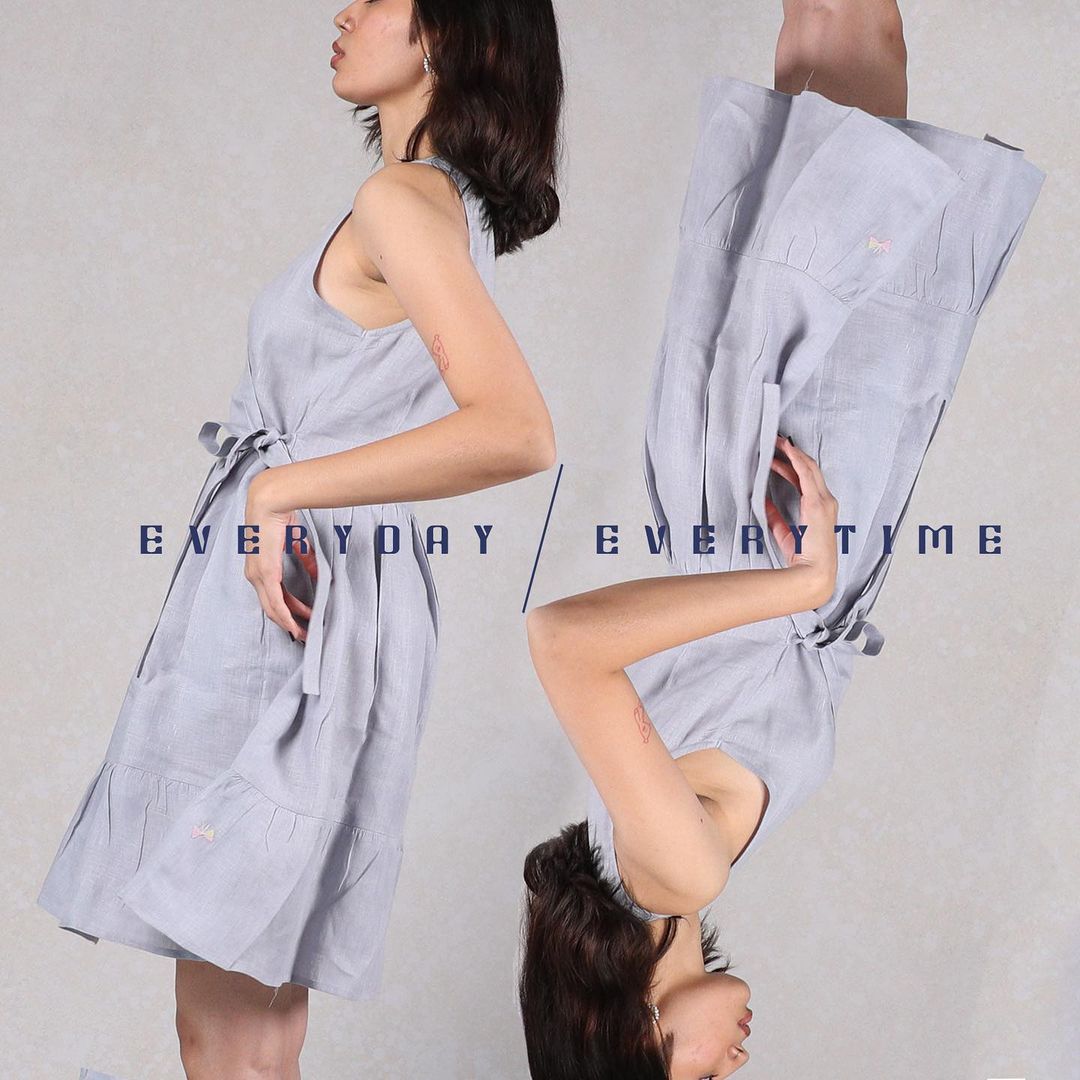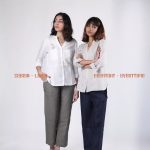You could be a fashionista, a textile aficionado or a styling hobbyist, in any case, linen is here to inspire you. Zebein India would like to share more highlights of one of the richest and oldest fabrics of the world, Linen!
But, would it be fair to consider the quality of linen to be the same? Here’s why you need to know about European Linen, the best in the world. Read more to know the reasons why it’s called as the crème de la crème and why its unique and a brief history of fabric-making.
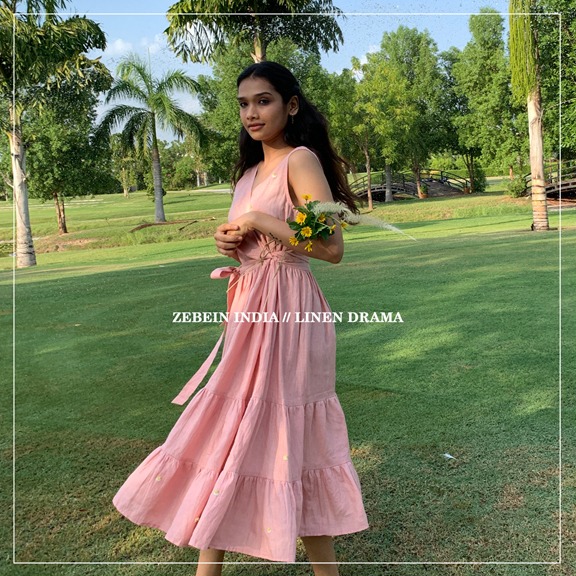
What Is European Linen?
It may be one of the only textile that is made and sourced from the same region. Yes, that’s correct! The flax used in European linen fabric is grown all across Europe, commonly produced by Southwestern European countries such as France, Belgium, the Netherlands and sometimes Germany. The production of flax is so popular among the farmers community that it has a certification board called the “European Linen Standard” to ensure qualitative practices.
Popularly known as linseed, or linum usitatissimum, European Linen is a flowering plant mostly grown in Southwestern European countries. The unique climate makes for a suitable place to grow flax, sometimes as tall as 1 meter. The fibres are exceptionally strong and long and these are the same raw materials that are later used to loom the coveted European fabric.

Did you know that France in a global leader in flax production? There are relatively small countries whose contributions are note-worthy, however, European Linen makes up for less than 1% of textiles sold globally. This explains why it’s called a rare fabric. Have you been looking to make that rare choice? Check out our latest collection “Everyday every time” dedicated to linen essentials, casuals, formals, and traditional wear just with one click.
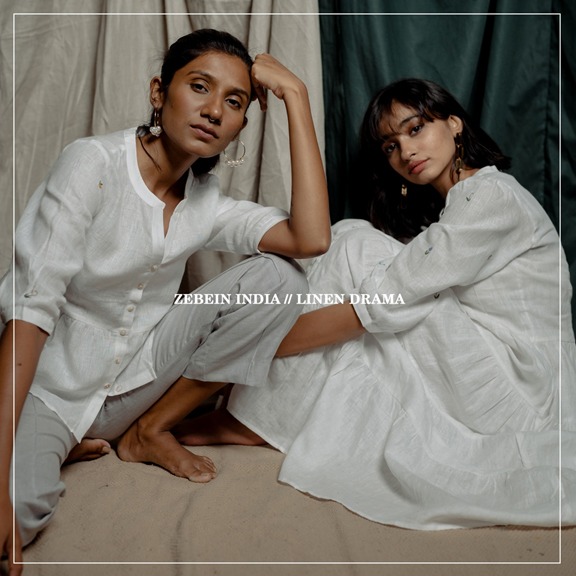
History
If you have been wondering what kept the mummies alive in their grave when the tomb raider discovered them in the pyramids of Egypt. We are kidding! But, to tell you the truth, Egyptians were among the first to use linen cloth to wrap the deceased mortals of pharaohs and leaders to help them transition to their afterlife in comfort and richness of nature. The Babylonians are credited as the first traders who not just traded, but also grew and cultivated and fabricated across the continent, with the first factory built during Roman era.
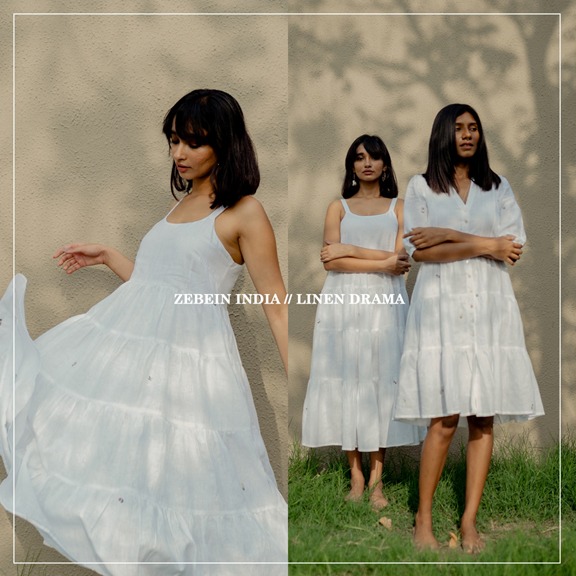
Benefits of European Linen
What makes European linen so famous despite being so rare is to do with benefits that come with it.
Here’s what to know about European linen and its benefits.
Breathable
Thee mummies never died for a reason and that reason being the thermo-regulating abilities which prevents heat from being trapped leaving the wearer feeling cool and comfy, and sweat free sleep.
Moisture-Wicking
Linen is a natural fabric, which means it’s a natural heat absorbent. It helps you to draw moisture off your skin with its ability to absorb 20% of weight in water without getting wet. This makes it an ideal wear for those who tend to sweat more.
Durable
The special thing about European Linen fibres is they are spun into yarns and threads which make them less prone to breaking compared to other fabrics in the natural category. The incredible thing about woven textiles is that it boasts exceptional strength and resilience against changing temperatures and times.
Gets softer with use
Flax fibres are anyway, soft, but when spun and woven into threads, washed, dried and used regularly, it leaves the fabric with a buttery and a softer texture on the surface. Linen only knows how to be softer, which its signature strength.
For specific cleaning tips, see our guide on How to take care of your linen
Sustainable
What makes linen a uniquely sustainable fabric is a climate adjacent crop, which means you don’t have to spend as much on irrigating the farmland. The only water is needs can be sourced from rainfalls and snow falls.
Ethical Production
When it comes to European Linen, various certification and regulatory boards are already in place, set by the International Labour Organization to ensure fair pay, equity and productive employment in humane working conditions. Since linen production is done better manually, particularly performed with the hands, ethical sourcing becomes all the more crucial.
If you are intrigued to explore the magical fabric through our lens, check out our exclusive summer collection dedicated to linen love and a sweat-free, stylish summer! What more? All our garments have two pockets! Click here
Comments are closed.

